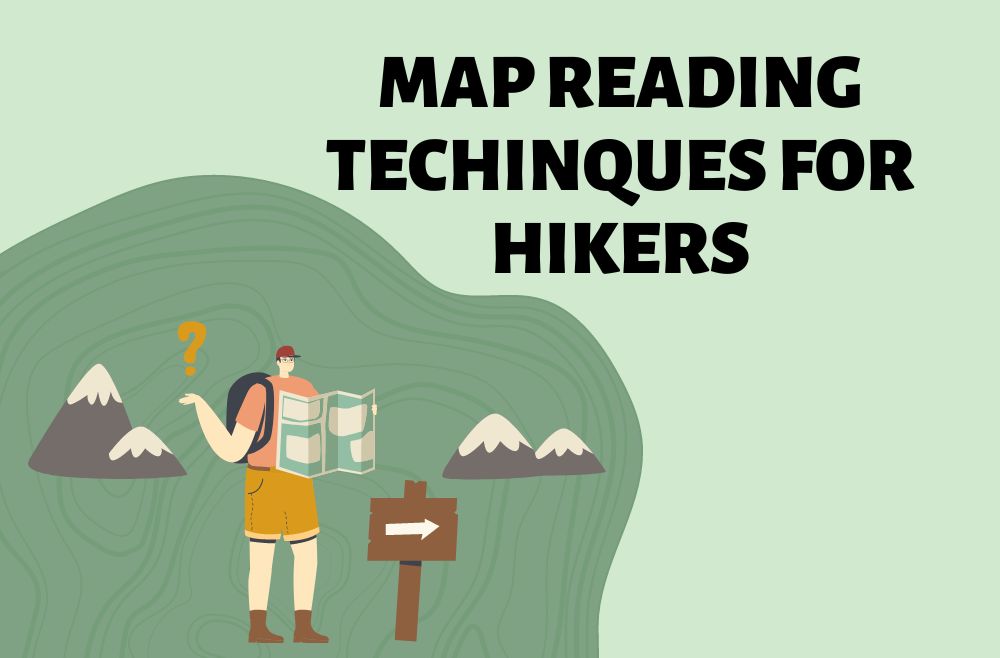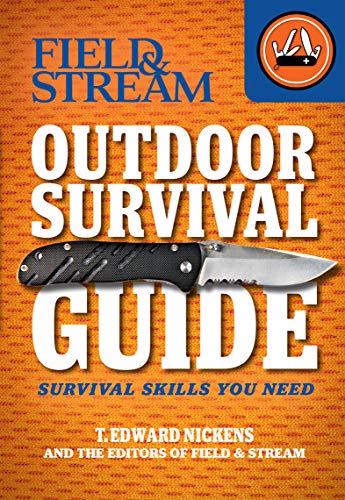Navigating the great outdoors is an essential skill for any adventurer, and understanding map reading techniques is a critical part of that skill set.
Whether you’re an experienced hiker or a beginner just getting your boots dirty, being able to read a map accurately can be the difference between a pleasant day out and a potentially dangerous situation.
This article provides practical advice on map reading for hikers, with a focus on effective hiking trail navigation.
We’ll explore essential orienteering techniques, offering tips on how to plan your route, use a compass, and stay aware of your surroundings. We’ll also delve into advanced strategies like thumb navigation, handrails, aiming off, and attack points, all designed to enhance your outdoor experience.
So, if you’re ready to master the art of hiking navigation, read on to boost your confidence and competence on any trail.
In This Article
How to Navigate a Hiking Trail
Navigating a hiking trail is an exciting adventure that combines the beauty of nature with the thrill of exploration. However, it requires more than just following a path. Here’s how you can effectively navigate a hiking trail using map reading techniques:
Identify Your Location: The first step in successful hiking navigation is to identify your current position on the map. This can be achieved by observing the geographical features around you. Look for distinguishable landmarks, trail junctions, or other unique features that can help you pinpoint your location on the map. This is a critical part of map interpretation for hikers.
Plan Your Route: Once you’ve identified where you are, the next step is to plan your hiking route. Look at the trail or path you want to follow on the map. Take note of any significant features you will pass, such as bodies of water, peaks, or changes in vegetation. This helps you to anticipate what’s ahead and keeps you on the right hiking trail.
Check Your Direction: A compass is an essential tool for wilderness navigation. Use your compass to verify that you’re heading in the correct direction. Remember, your compass points to magnetic north, so you’ll need to adjust for declination if necessary. This ensures that your map and compass navigation skills are working in tandem.
Stay Aware of Your Surroundings: Regularly check your map and compare it with the landscape around you as you hike. This is a crucial part of terrain association, a skill that helps hikers maintain their bearing and stay on course. If the features around you don’t match what’s on your map, you may have strayed from your route and need to reassess your position.
When navigating a hiking trail, it is important to be aware of key features on the map in order to correctly orient yourself and stay on course. Vertical grid lines are used to indicate longitude and latitude, which can help you determine your current location.
Contour lines are also used to show elevation changes, and symbols or shaded areas are often used to represent different land features like bodies of water or forests. These features can all be helpful when attempting to identify your position on the map.
By mastering these map reading techniques, you’ll be well equipped to navigate any hiking trail confidently and safely. Remember, practice makes perfect, so don’t be afraid to start small and gradually challenge yourself with more complex routes as your navigation skills improve.
Mastering Orienteering Techniques for Hikers
Orienteering is an outdoor sport that requires navigational skills using a map and compass to navigate from point to point in diverse and usually unfamiliar terrain. While its competitive nature may not be the focus for hikers, the techniques used in orienteering can significantly enhance your hiking experience and safety.
Here’s how:
Thumb Navigation: This is a practical method of keeping track of your location on the map. By placing your thumb on your current position on the map, you can easily follow your progress. As you move along the trail, slide your thumb to your new location. This simple technique keeps your navigation continuous and prevents you from losing your place on the map.
Handrails: Handrails are natural or man-made features that run parallel to your direction of travel. These can be rivers, trails, ridgelines, or even contour lines on your map. Using these features as ‘handrails’ can guide you along your route and serve as reliable reference points, making your map-to-landscape correlation easier.
Aiming Off: This technique is particularly useful when you’re heading towards a long feature like a trail or river. By intentionally aiming to one side, when you reach the feature, you know exactly which way to turn to reach your destination. This eliminates the guesswork and increases your hiking trail navigation efficiency.
In this video, The Bushcraft Padawan explains why learning this technique is important.
Attack Points: Attack points are distinctive features near your final destination or a difficult navigation section. By navigating to an attack point first, you can then make a more precise and careful approach to your destination. This two-step process simplifies complex navigation tasks and makes them more manageable.
By staying aware of your surroundings, using vertical grid lines to indicate longitude and latitude, and utilizing contour lines to show elevation changes, you can easily identify your location on the map.
Symbols or shaded areas are also used to represent different land features like bodies of water or forests for easy navigation from point to point. Furthermore, thumb navigation, handrails, aiming off, and attack points are all useful methods for efficiently navigating a route safely.
These orienteering techniques not only enhance your map reading skills but also make your hiking adventures more enjoyable and safe. With practice, you’ll become more proficient and confident in handling various terrains and navigating with ease.
The world of hiking is full of exploration and discovery, and these skills will ensure you’re well-prepared for the journey.
What’s Next?
Map reading and orienteering techniques are essential skills for any hiker. They not only enhance your hiking experience but also ensure your safety on the trails.
Whether you’re a seasoned hiker or a novice, these techniques can make your adventures more enjoyable and rewarding.
Take the time to practice these skills, start with familiar terrains, and gradually challenge yourself with more complex routes. The trails are waiting for you. Embrace the adventure and explore with confidence!
- Amazon Kindle Edition
- Nickens, T. Edward (Author)
- Knight, Jason (Author)
- English (Publication Language)
- Quality material used to make all Pro force products
- Tested in the field and used in the toughest environments






We are participants in the Amazon Services LLC Associates Program, an affiliate advertising program designed to provide a means for sites to earn advertising fees by advertising and linking to Amazon.com